I'm trying to reproduce this example using Excel to calculate the Mahalanobis distance between two groups.
To my mind the example provides a good explanation of the concept. However, I'm not able to reproduce in R.
The result obtained in the example using Excel is Mahalanobis(g1, g2) = 1.4104.
Following the answer given here for R and apply it to the data above as follows:
# dataset used in the Excel example
g1 <- matrix(c(2, 2, 2, 5, 6, 5, 7, 3, 4, 7, 6, 4, 5, 3, 4, 6, 2, 5, 1, 3), ncol = 2, byrow = TRUE)
g2 <- matrix(c(6, 5, 7, 4, 8, 7, 5, 6, 5, 4), ncol = 2, byrow = TRUE)
# function adopted from R example
D.sq <- function (g1, g2) {
dbar <- as.vector(colMeans(g1) - colMeans(g2))
S1 <- cov(g1)
S2 <- cov(g2)
n1 <- nrow(g1)
n2 <- nrow(g2)
V <- as.matrix((1/(n1 + n2 - 2)) * (((n1 - 1) * S1) + ((n2 - 1) * S2)))
D.sq <- t(dbar) %*% solve(V) %*% dbar
res <- list()
res$D.sq <- D.sq
res$V <- V
res
}
D.sq(g1,g2)
and executing the function on the data returns the following output:
$D.sq
[,1]
[1,] 1.724041
$V
[,1] [,2]
[1,] 3.5153846 0.3153846
[2,] 0.3153846 2.2230769
Afaik $D.sq represents the distance and 1.724 is significantly different to the 1.4101 result from the Excel example. As I'm new to the concept of the Mahalanobis distance I was wondering if I did something wrong and/or there's a better way to calculate this e.g. using mahalanobis()?
